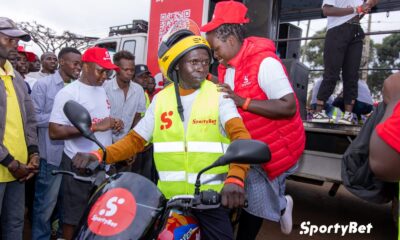The campaign will feature 18 high-profile billboards along high-crash roads and highways, as well as posters on the back end of public buses and at gas station pumps. City workers will be dispatched to hand out postcards, brochures and fliers.
In New York City, traffic deaths have risen to 64 this year through April 26, from 61 for the same period last year — largely because of a spike in deaths among drivers and passengers, which nearly doubled to 23 this year from 13 last year.
Pedestrian deaths — though still the largest share of traffic deaths — fell to 30 this year from 39 last year.
Two cyclists were also killed, the same as last year, as well as four riders of motorized devices, which was two more than the year before, amid a pandemic boom in cycling and electric bikes, scooters and skateboards.
Just over one-quarter of the 64 deaths this year were on highways — including three deaths each on Henry Hudson Parkway and Grand Central Parkway — while the rest were on local streets throughout the city.
The traffic deaths have reversed some of the hard-won gains of the city’s eight-year-old transportation policy, called Vision Zero, which once aimed to eliminate all traffic deaths and had become a national model. Under the policy, the city won state approval to lower the speed limit to 25 m.p.h. from 30 m.p.h. on most streets, built a sprawling network of nearly 2,000 automated speed cameras, and redesigned many streets to make them safer for pedestrians and cyclists.
Mayor Eric Adams, who took office in January, has promised to expand on Vision Zero efforts. He recently pledged $904 million to the city’s streets plan over the next five years, which will include redesigning dangerous intersections and adding more protected bike lanes and pedestrian areas. He has said police officials will also increase enforcement of traffic laws.

 Business News1 week ago
Business News1 week ago
 Business News2 days ago
Business News2 days ago
 Entertainment22 hours ago
Entertainment22 hours ago






